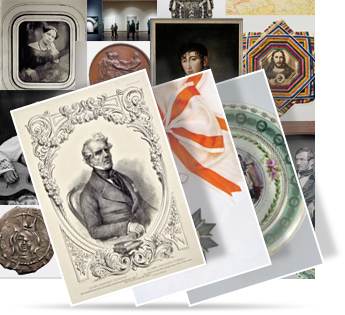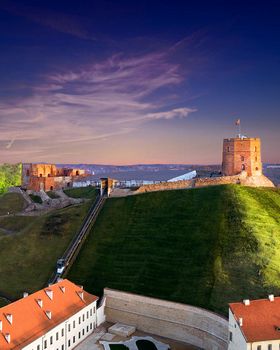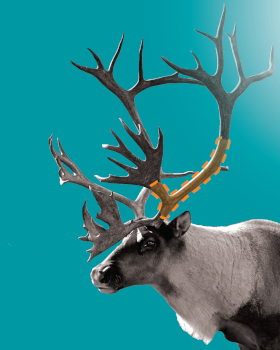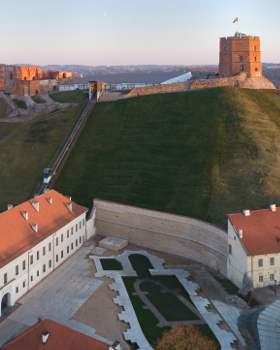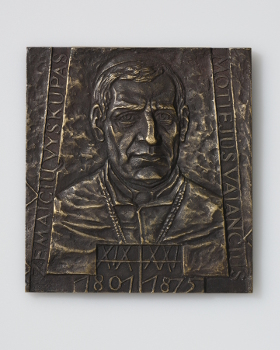History
The predecessor of the National Museum of Lithuania was the Museum of Antiquities founded in Vilnius by a historian of culture and collector, Count Eustachy Tyszkiewicz, on 11 May 1855. It was opened on 29 April 1856 on the premises of Vilnius University, which had been closed after the 1831 uprising. The museum accumulated, preserved and exhibited the historical heritage of the Grand Duchy of Lithuania. The policy of Russification recklessly implemented after the uprising of 1863 put a stop to the museum’s activities. The major part of valuable exhibits was taken to the Rumyantsev Museum in Moscow, and the reorganized museum was opened to the public as part of the Vilnius Public Library in 1865.
In 1918, one of the leaders of the national liberation movement, Dr Jonas Basanavičius, initiated the founding of the Museum of History and Ethnography on the basis of the collections of the Museum of Antiquities and the Lithuanian Scientific Society. In 1920, when Poland occupied Vilnius, this work stopped. From 1920 to 1940 the collections were held at Vilnius University, and in 1941 they were transferred to the Lithuanian Academy of Sciences. Thanks to the efforts of the famous museologist and historian of culture, Vincas Žilėnas, the Museum of History and Ethnography was formed on the basis of these collections in 1952.
In 1996, the Government of Lithuania granted the museum the status of the National Museum of Lithuania in view of the fact that it held the most important collections of Lithuanian archaeology, history and ethnic culture. The museum is housed in the defensive buildings of the Vilnius Castle Complex.
Today the museum has more than a million exhibits. It holds annual sessions of fieldwork for researchers of ethnic culture and historians, and organises archaeological excavations. More than a half of all exhibits restored in Lithuanian museums are being conserved and restored at the Museum’s Restoration Centre. The Museum also has a specialised library, archive and photo laboratory.
The museum’s work is carried out through specialised departments managing the collections of Archaeology, Medieval and Modern Archaeology, Ethnic Culture, History, Modern History, Iconography and Numismatics.
An important area of the museum’s activities in popularising its collections and cultivating historical awareness is the publication of collection material in the series: The Library of the National Museum of Lithuania, Lithuanian Ethnic Culture, The History of Lithuanian Photography, From the Archive of the National Museum of Lithuania, The Museum and the Collector, etc. Museum professionals from all over Lithuania publish their articles in the museum’s yearbooks Ethnography and Numismatics.
Expositions and thematic exhibitions present Lithuanian archaeology, history and ethnic culture. The museum receives circa 250 thousand visitors each year. General and thematic guided tours are offered, educational classes are held from 1996, and the educational programme “Discovery” has been prepared and is regularly updated. The evenings of cultural history held on Thursdays have become popular with the intellectuals.
Vincas Kudirka’s Museum in Kudirkos Naumiestis, Jonas Basanavičius’s homestead and the surrounding Oak Grove of the National Revival of Lithuania and Jonas Šliūpas’s memorial homestead in Palanga show the history of the national revival of Lithuania – the years of the first Lithuanian newspaper Aušra, the period of book smuggling and the heroic period of the Varpininkai, which led to the restoration of the Lithuanian state on February 16th.
 Back
Back 





